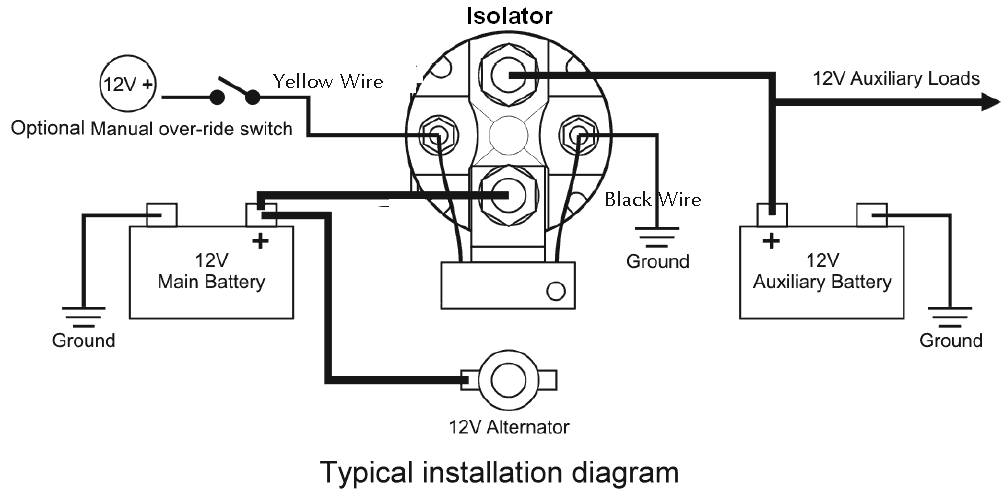Greetings!
I don’t like propane either, and choose kerosene instead for heating, cooking, and optional occasional lighting.
The newer 12v ice chest style fridges are all junk. 10 years ago, I went through 3 of them in 2 1/2 years. 30+ years ago. I had an Electrolux one that lasted 10+ years, and was still working when I upgraded to a motor home that had a built in fridge/freezer. These newer ones are also power hogs, 100ah+ per day in the summer, plus they add a lot of extra heat to your interior when you don’t want it. I’ve switched back to a cheap and reliable ice chest that requires no power at all.
99% of the time my unlimited power comes from charging my house battery via an isolator while driving. Having just solar didn’t work for me, 3 different set ups, all professionally installed, and I still spent most of my time without power. After the 3rd failure, I added an isolator, and that totally solved my power problems. Later, after my solar panels were stolen, I still had plenty of power WITHOUT the solar panels at all. Looking back, this was now the exact same system that all my other camper vans and motor homes had to charge the house batteries without solar power. Normally, all the power I ever needed, even though I do very little driving.
I am normally a city dweller, and only drive maybe 2-3 times a week and just around town, out to eat every few days, the grocery store every week or so, the laundromat, maybe to spend a day at a park etc. Each excursion might take 15-20 minutes each way. This gives me all the power I need, but I am also pretty power frugal. My laptop will run for 8-10 hours on a full charge, and it only takes about a half hour to fully charge while I’m using it. I usually charge everything including the house battery when I’m driving, and then charge my laptop daily when I’m not driving from my house battery.
My typical house battery is 100-120 amp hour deep cycle battery, which will last about a week between any charging, but unless I’m boondocking, it gets some charging every few days. If I’m not driving for over a week, then I can recharge my house battery using my $99 generator combined with a $29 battery charger. My generator will run for about 8 hours on a gallon of gas, and it rarely takes more than half an hour to fully charge my house battery.
Unlike with solar, when I was paying $350+ each for 2 house batteries that the solar killed in under a year, today I buy a single ~$20 house battery from a junk yard that’s almost new, and they will last 5-7 years because they are getting charged properly.
With the combination of charging while driving and an el cheapo generator, you will have unlimited power that isn’t dependent on unpredictable weather. I only need my generator very rarely, and it’s normal use is charging other people’s batteries who are relying on solar.
If you choose to go with a 12v compressor fridge, then you’ll need about 3x the battery capacity I have, and it will take probably 3x the time to charge them as well. Simply not worth it to most of us. None of my friends still use them, to expensive and too power hungry. My friends are using propane/kerosene fridges, dorm fridges, or plain old ice chests. During the summer I gift wrap my ice chest in a moving blanket, and a 99¢ block of ice will last at least a week. That’s only ~$50 a year for ice, and nothing to break. I keep my ice in a separate container, so my food never gets wet. A friend has a version that is both an ice chest and an air cooler, dual purpose, and very handy during the summer. I use a separate swamp cooler myself, which is also very energy efficient, and works every bit as well as any energy hog air conditioner.
If we do things right, we can have energy efficient, convenient, full featured, and reliable setups for a very low cost. Example: I use a $12 O2Cool 12v, 10" window fan from Walmart to provide much better ventilation than a $250+ roof vent with a fan, and don’t need to worry about leaks in the roof either.
Unlike the promoters who support themselves off from the purchases made by newbies relying on their bad advice, I have many years of experience, including many failures, and I support myself, so I can afford to tell people the truth. I share both my successes and my failures in an attempt to help others, and solar, roof vents, 12v compressor fridges, and expensive batteries are among the top failures of both myself and everybody I know.
Cheers!
"Be the reason someone smiles today!" ~ Van_Dweller
